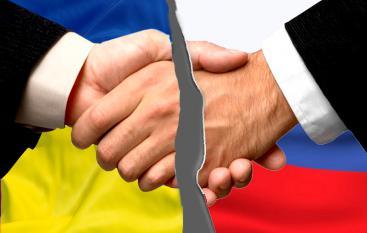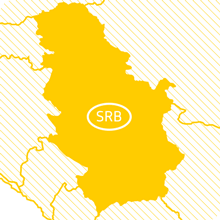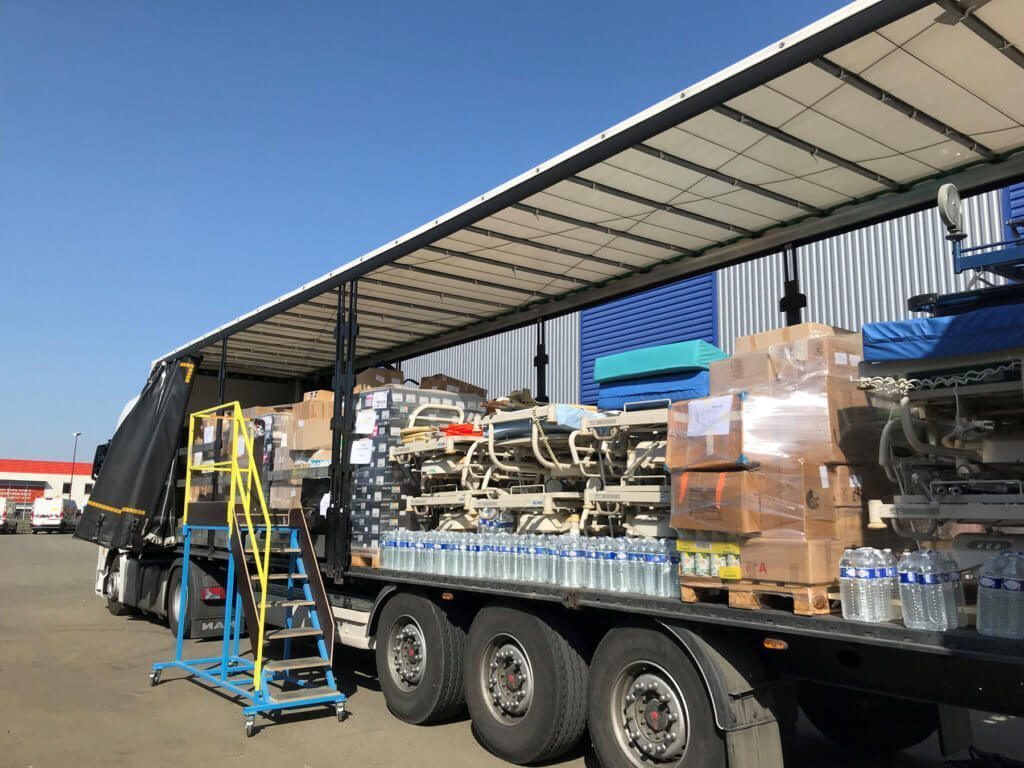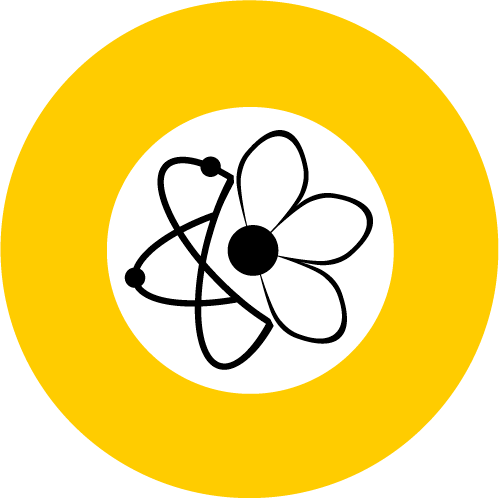
Changes in dual-use regulations: How do I know if my product requires authorization?
There are stricter export regulation for goods that, by design, can be used for both military and civilian purposes. Careful examination is absolutely essential! Violations can lead to severe penalties and should be avoided, not only from a moral perspective, but they can also destroy a company’s image.
The intent of the Dual Use Regulation, or more precisely Annex I, is clear: Goods that could also be used strategically for military purposes due to their high technological capabilities and special nature, i.e. dual-use or strategic goods, should be subject to targeted export controls. If a product is listed within the 300-page Dual-Use List, it is subject to licensing. Four international bodies and agreements define the content of this list, the Wassenaar Arrangement (WA), the Missile Technology Control Regime (MTCR), the Nuclear Suppliers Group (NSG), the Australian Group (AG) as well as the Chemical Weapons Convention. The list is updated regularly, with the next amendment due in December 2019 as delegated by the European Commission.
How can I determine if my product is dual-use?
Unfortunately, the system of dual-use classification does not follow the General Rules of Interpretation (GRI) to determine the correct code as with HS classification in international trade. That means that it is not possible to determine whether there is a permit requirement or an export ban for a particular item using the customs tariff number.
What is key for classification of a product in the dual-use list is the so-called AL number, which is made up of the product category, the type of goods and the identifier. Each dual-use item is thus listed using a unique number/letter combination. (For example dual-use classification 2B350.g.3 is interpreted as:
- category 2 – materials processing
- sub-category B – test, inspection and production equipment
- regime origin 3 – Australia Group
- description 50.g.3 – valves with nominal sizes greater than 10 milimetres, where surfaces in direct contact with chemical(s)
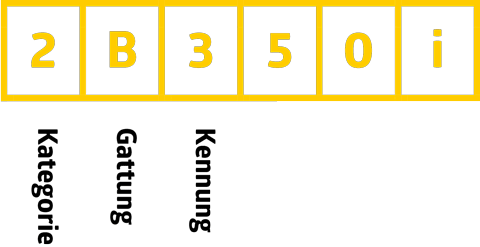
The first number represents one of the following ten control categories of goods:
0 Nuclear materials, equipment and installations
1 Special materials and related equipment
2 Material processing
3 Electronic
4 Calculators
5 Telecommunications and “information security”
6 Sensors and lasers
7 Navigation and aero-electronics
8 Marine
9 Aerospace and propulsion
Each category is then divided into the following subcategories:
[A] Systems, Equipment and Components
[B] Test, Inspection and Production Equipment
[C] Materials
[D] Software
[E] Technology
The following 3-digit identifier indicates the regime origin as well as why the item is being controlled:
001 – 099 Wassenaar Arrangement (WA)
101 – 199 Missile Technology Control Regime (MTCR)
201 – 299 Nuclear Suppliers Group (NSG)
301 – 399 Australia Group (AG)
401 – 499 Chemical Weapons Convention (CWC)
This list is amended almost annually and updated based on the latest developments in science and technology.
An overview of the changes can be found here:
https://trade.ec.europa.eu/doclib/docs/2019/october/tradoc_158393.pdf
 Deutsch
Deutsch  English
English  Français
Français 